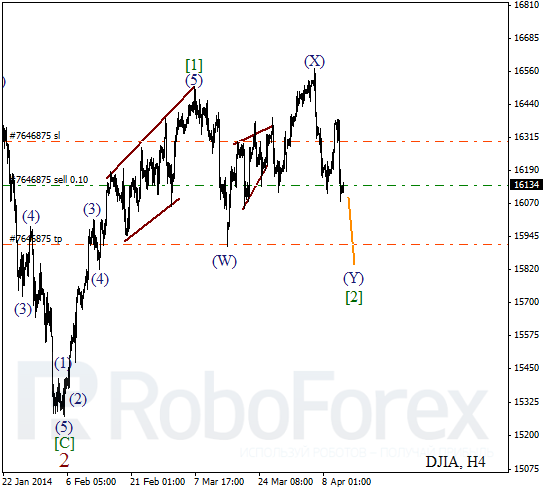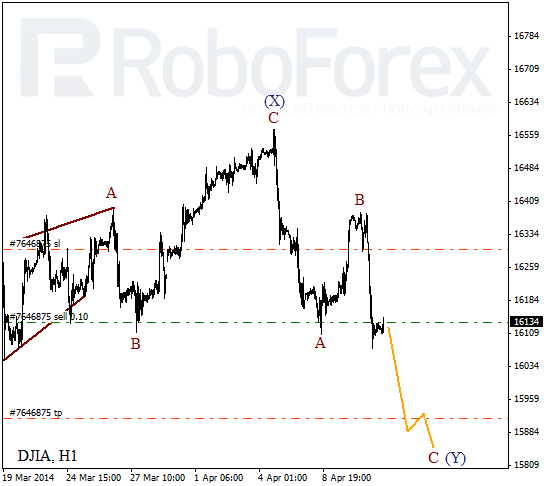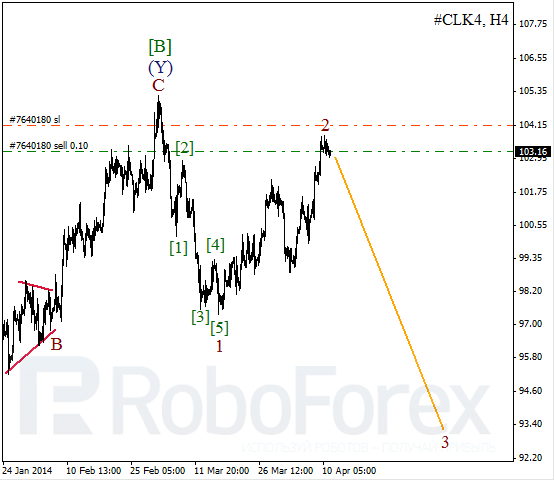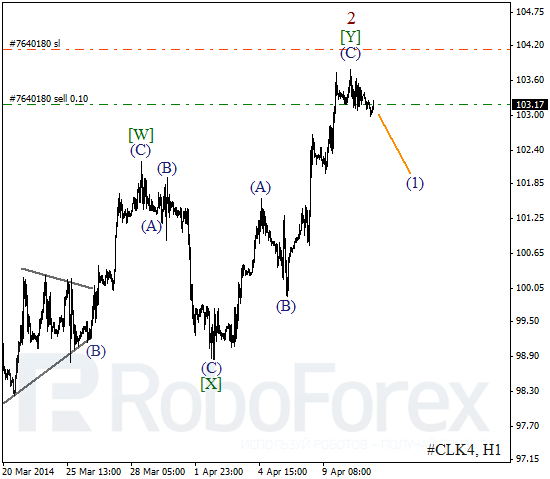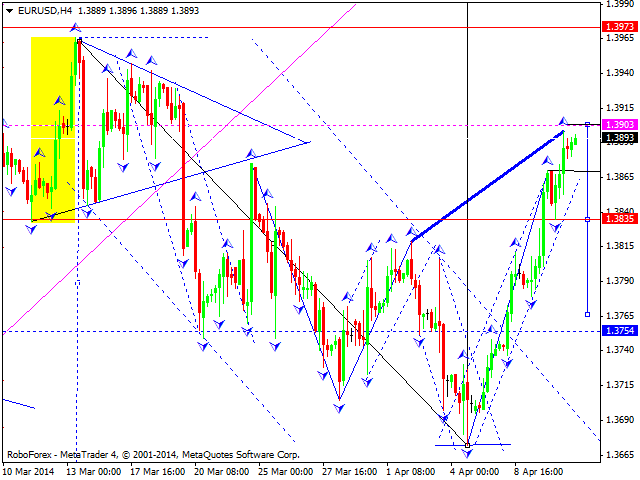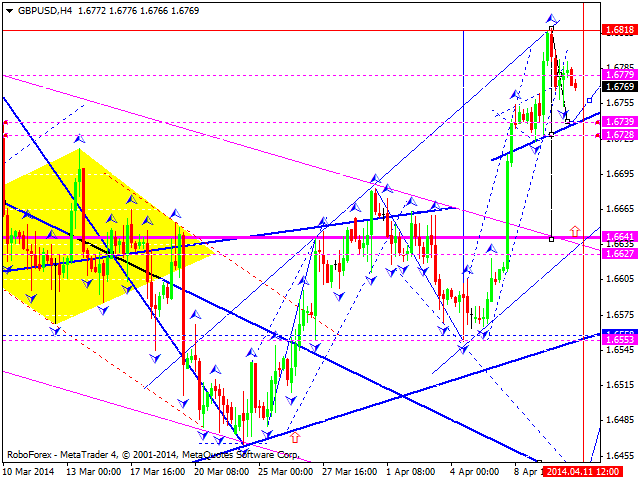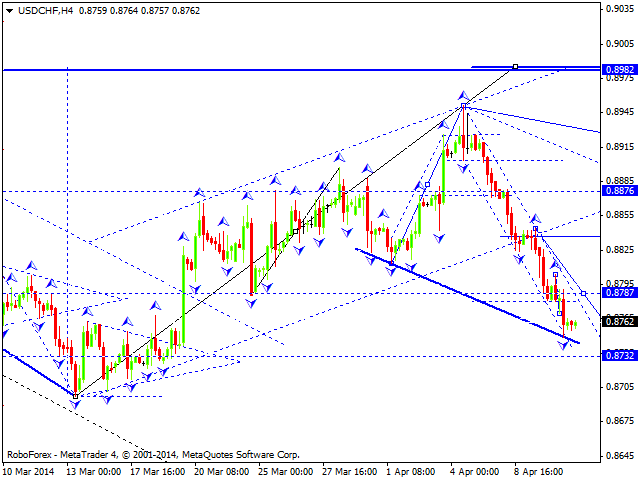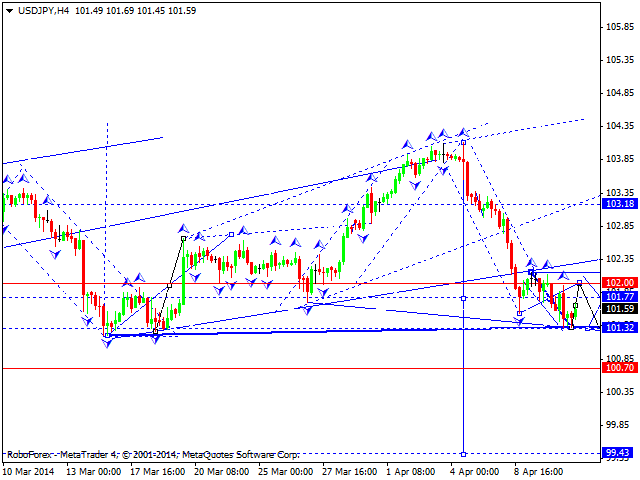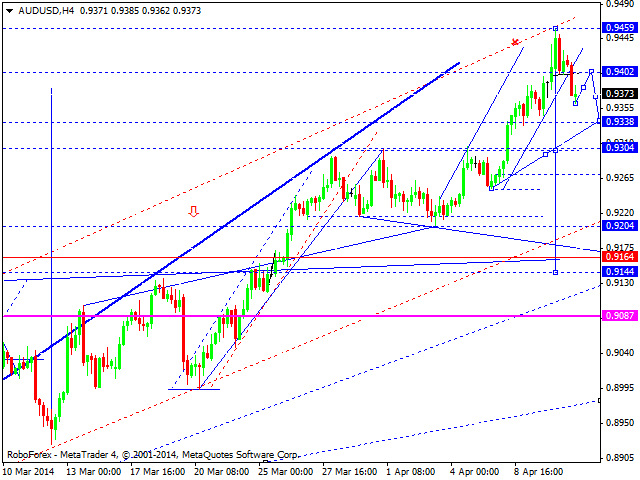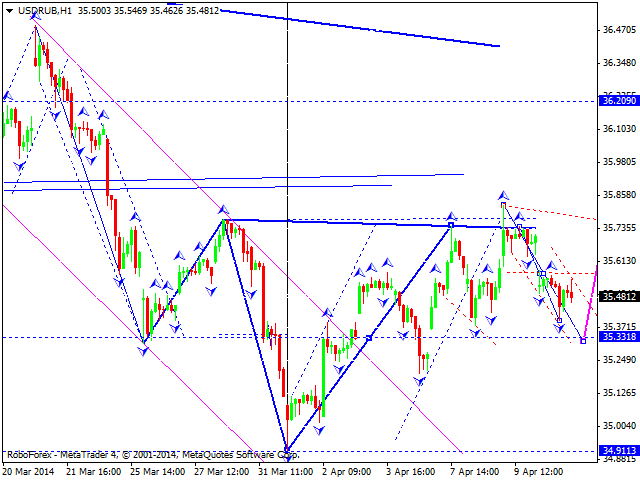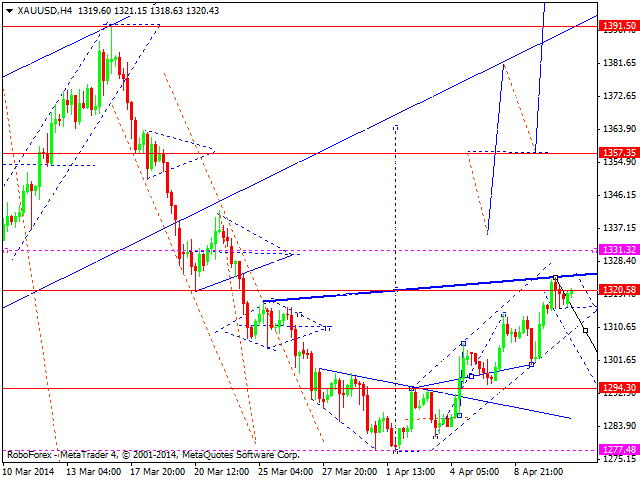So what is a Japanese candlestick?
In order to understand the term “Japanese candlestick”, we need to go back to the 17th century when the Japanese were using technical analysis to trade rice. Yes, technical analysis is that old! The history of the Japanese candlestick is a bit of a mystery and is mostly left to stories, but we do know that much of the credit belongs to a legendary rice trader by the name of Homma from the town of Sakata. His original ideas and concepts have no doubt been modified since then, but his early development of the candlestick pattern laid the path for further refinement.

The Japanese candlestick techniques made popular by Homma later made their way to the US around 1850, where technical analysis and price action were further developed by Charles Dow. You may recognize the name. Charles Henry Dow founded the Wall Street Journal and later invented the Dow Jones Industrial Average as part of his ongoing market research as it relates to price action. You read that correctly, the founder of both the Wall Street Journal and the Dow Jones Industrial Average was adamant about Japanese candlesticks and price action. So much for price action being some form of “hocus pocus” as some fundamental traders have claimed.
The Anatomy of a Japanese Candlestick
Now that we have a better understanding of how the Japanese candlestick was developed and where it came from, let’s discuss what it is and how we can use it to trade price action. However, before we can use the pattern to trade price action, we need to understand the anatomy of the Japanese candlestick…what makes it “tick”. Pun intended 😉
More: Japanese Candlestick
Justin Bennett is a full-time Forex trader and Owner of Daily Price Action. His Forex trading career began 6 years ago and has followed a path similar to many traders. For the first 3 years he tried nearly every indicator and strategy known to man, but each time the journey ended where it began, frustrated and in search of the next “holy grail” that would bring consistent profits. It wasn’t until he cleared every indicator from his chart that he had his “ah ha” moment. For the past 3 years, Justin has worked to perfect that moment into something that can be easily duplicated by other traders in search of consistent profits.
